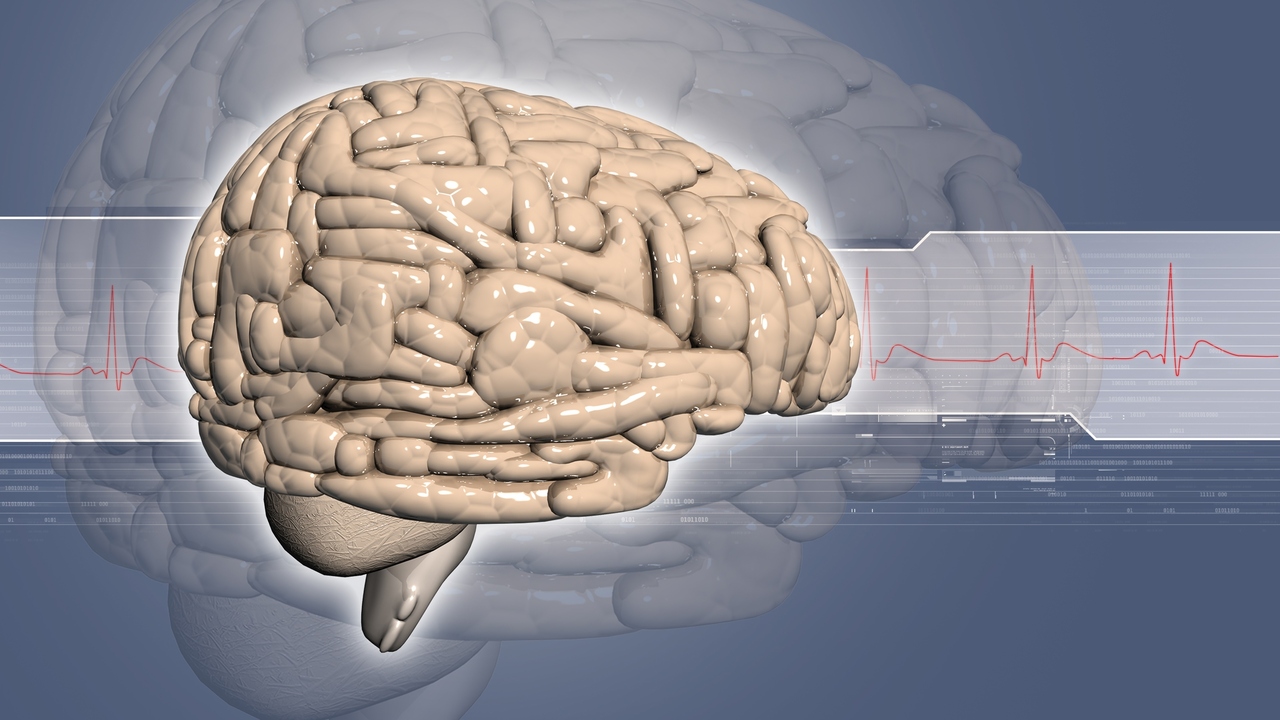 Photo: Getty Images
Photo: Getty Images
Brain tumors are among the scariest of health conditions. The Brain Tumor Epidemiology Consortium has called them an orphan disease because research funding is limited. They are relatively rare, developing in approximately 16.5 per 100,000 people in the United States each year.
The most common types are gliomas and meningiomas. Gliomas are usually malignant (cancerous), while 90% of meningiomas are benign (non-cancerous). Glioblastoma multiforme is the most deadly, with a 5-year survival rate of 3.3%. However, some malignant types have 5-year survival rates of more than 70%. Benign tumors can also cause serious illness or death, depending on their size and location.
The consortium identified epidemiological factors associated with brain tumors as follows:
1. Ionizing radiation. There is a strong association between brain tumors and exposure to radiation from occupational exposure, treatment for previous cancers, nuclear test fall-out, and in the survivors of the atomic bombs used on Hiroshima and Nagasaki. Ionizing radiation includes high-frequency sources such as x-rays, gamma rays, and particle beams. Non-ionizing radiation includes lower-frequency sources such as cell phones and power lines. There has been a great deal of concern about everyday radiation sources, but the authors of Reference 1 report that cell phones, power lines, and low-dose x-rays (such as dental x-rays) are probably not risk factors for brain tumors.
2. Genetic factors. There are several subtypes of brain tumors linked to specific genes, and family history is a risk factor.
3. Gender. Men have more malignant brain tumors than women, while women have a higher rate of non-malignant brain tumors (mostly meningiomas) than men.
4. Ethnicity. In the United States, whites have the highest rate of brain tumors. Developed countries have higher rates than less developed countries.
5. Age. Brain tumors can occur at any age, but they are rare in children and more common with increasing age.
6. Epilepsy, seizure, or convulsions. These can be early symptoms, although many patients with these symptoms do not have brain tumors.
7. Occupational exposure to carcinogens and heavy metals.
8. Absence of allergies, asthma, and elevated IgE. This association is not well understood, but it makes me feel better about my allergies.
9. Absence of chickenpox. This is the most surprising factor, since viruses are more likely to cause than to prevent cancer in general.
10. Dietary factors. A few studies have shown that cured foods are associated with higher risk of brain tumors, while calcium and antioxidants are associated with a lower risk.
References:
1. Bondy ML et al, “Brain tumor epidemiology: Consensus from the Brain Tumor Epidemiology Consortium”, Cancer 2008 Oct 1; 113 (7 Suppl): 1953-68.
2. More information online:
https://health.google.com/health/ref/Brain+tumor+-+primary+-+adults
Linda Fugate is a scientist and writer in Austin, Texas. She has a Ph.D. in Physics and an M.S. in Macromolecular Science and Engineering. Her background includes academic and industrial research in materials science. She currently writes song lyrics and health articles.






Add a CommentComments
There are no comments yet. Be the first one and get the conversation started!